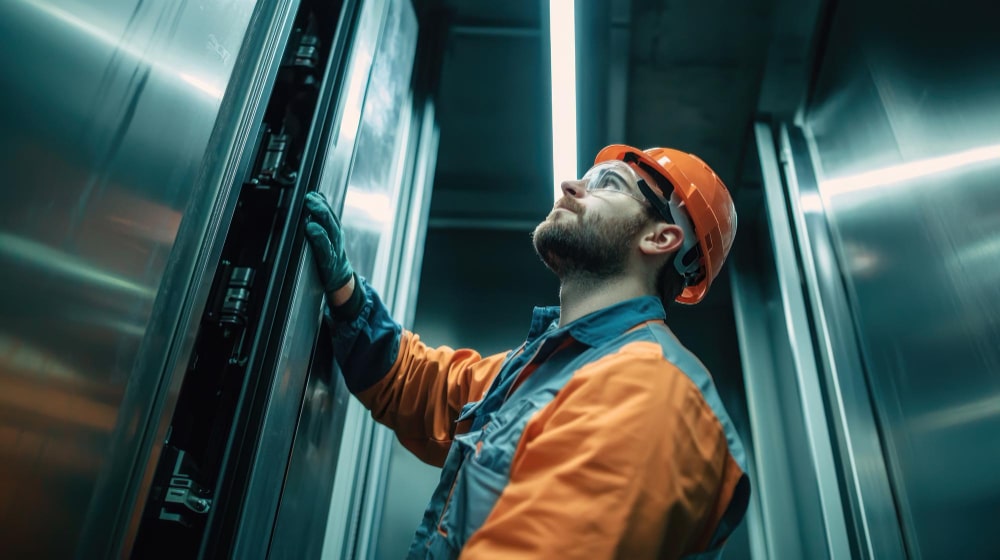
Elevator Installation: A Precise Process to Ensure Safety and Efficiency
Elevator Installation: A Precise Process to Ensure Safety and Efficiency The elevator installation process is one of the most important stages in the construction of any building. It is a precise engineering process that requires high expertise, careful planning, and a commitment to the highest standards of quality and safety. Elevator installation goes beyond simply fitting parts; it’s about building an integrated system that ensures the safe and efficient movement of passengers.
1. Preliminary Planning: The Cornerstone
The installation process begins with a meticulous planning phase. Engineers evaluate the project site to understand its specific needs, from the available space and building height to the overall architectural design. This phase includes:
- Selecting the right elevator: The best type of elevator (hydraulic, traction, etc.) is determined based on the building’s use and height.
- Engineering design: The design team prepares detailed plans for the elevator shaft, door openings, and cabin dimensions, while considering all engineering standards.
- Site preparation: The site’s readiness from a civil engineering perspective, such as the construction of the elevator pit and machine room, is confirmed before the installation process begins.
2. Installation Stages: Step by Step Towards Perfection
The installation process is carried out in several key stages to ensure accuracy and professionalism:
- Installing the guide rails: The guide rails are secured inside the elevator shaft, which define the correct path for the cabin’s movement. This stage requires extreme precision to ensure smooth travel.
- Installing the motor and mechanical systems: The motor, the cable system or hydraulic piston, and the counterweight are installed in their designated locations.
- Assembling the cabin: The elevator’s structure is assembled inside the shaft, including the cabin itself, the doors, and the control panels.
- Electrical and control systems: Cables are laid, control panels are connected, and the system is programmed to ensure a quick and accurate response to user commands.
3. Final Testing: Ensuring Safety and Efficiency
After the installation is complete, the elevators undergo a series of comprehensive tests before being handed over to the client. These tests are not just a routine procedure; they are an absolute necessity to ensure the elevator operates perfectly and safely.
- Safety tests: All safety systems are checked, such as the emergency brakes, door sensors, and overspeed protection systems.
- Performance tests: Tests are conducted to ensure the elevator moves smoothly, stops accurately at each floor, and that all buttons and control panels respond.
Conclusion
Elevator installation is a complex technical and engineering task that combines careful planning, technical expertise, and a commitment to safety standards. Choosing a reliable and experienced installation company is the best investment to ensure a safe, efficient, and long-lasting elevator.

